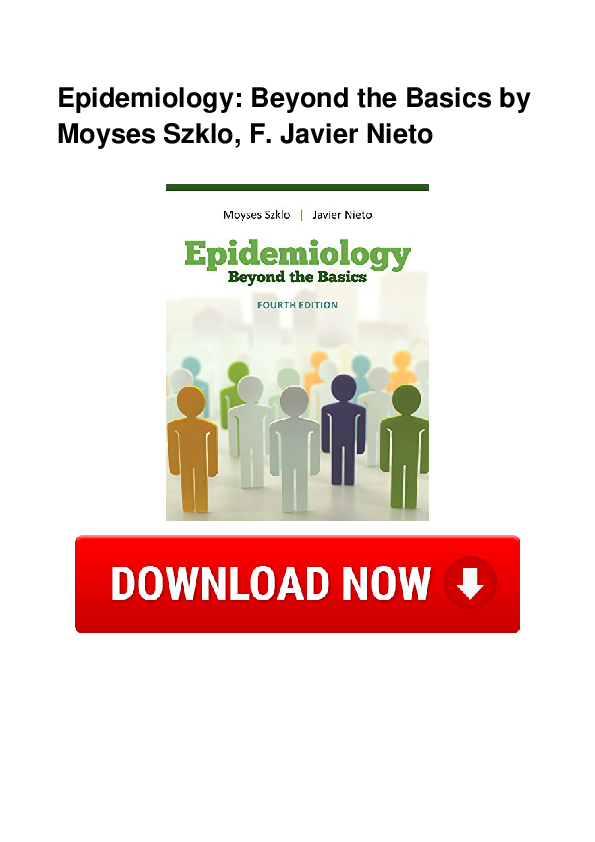Epidemiology Beyond the Basics 2nd Edition PDF
This book is specifically designed to expand reader knowledge while avoiding complex statistical formulations. Epidemiology: Beyond the Basics. Microsoft office 2010 activator iorrt 3 5 netreno. Written for those who are familiar with the basic strategies of analytic epidemiology, Epidemiology: Beyond the Basics takes readers through a more rigorous discussion of key epidemiologic concepts and methods such as study design, measures of association, research assessment, and more.
It is best to convert video files into audio format or audio files into other audio file formats. User can watch video with this tool directly from its video library or DVD. It includes different options to convert videos for mobile and android devices. Its speed to convert videos is 79x faster than other video converters. Movavi video converter 16 activation key.

Content
Written for those who are familiar with the basic strategies of analytic epidemiology, Epidemiology: Beyond the Basics takes readers through a more rigorous discussion of key epidemiologic concepts and methods such as study design, measures of association, research assessment, and more. With real-life examples throughout, the book avoids complex statistical formulations and is an invaluable resource for intermediate students and practicing epidemiologists who wish to expand their knowledge of epidemiology and its role in the medical and public health sciences. This thorough revision features end-of-chapter exercises as well an entirely new chapter devoted to issues related to the interface between epidemiology, health policy, and public health, such as Rothman’s causality model, proximal and distal causes, and Hill’s guidelines. Careful attention is also given to sensitivity analysis, meta-analysis, and publication bias.
More from my site
Related posts:
Epidemiology Beyond the Basics 2nd Edition PDF
Content
Written for those who are familiar with the basic strategies of analytic epidemiology, Epidemiology: Beyond the Basics takes readers through a more rigorous discussion of key epidemiologic concepts and methods such as study design, measures of association, research assessment, and more. With real-life examples throughout, the book avoids complex statistical formulations and is an invaluable resource for intermediate students and practicing epidemiologists who wish to expand their knowledge of epidemiology and its role in the medical and public health sciences. This thorough revision features end-of-chapter exercises as well an entirely new chapter devoted to issues related to the interface between epidemiology, health policy, and public health, such as Rothman’s causality model, proximal and distal causes, and Hill’s guidelines. Careful attention is also given to sensitivity analysis, meta-analysis, and publication bias.